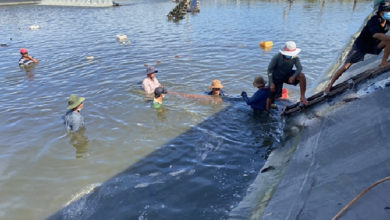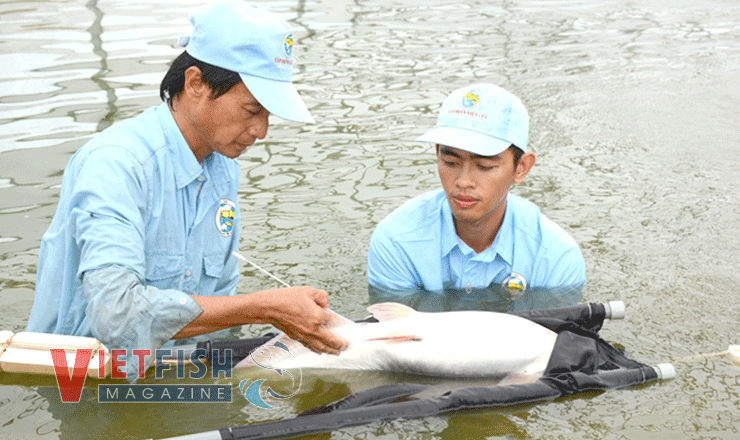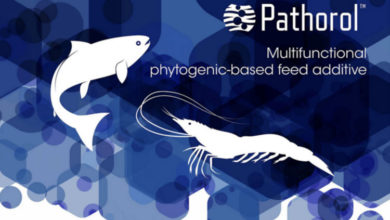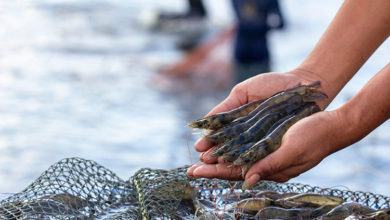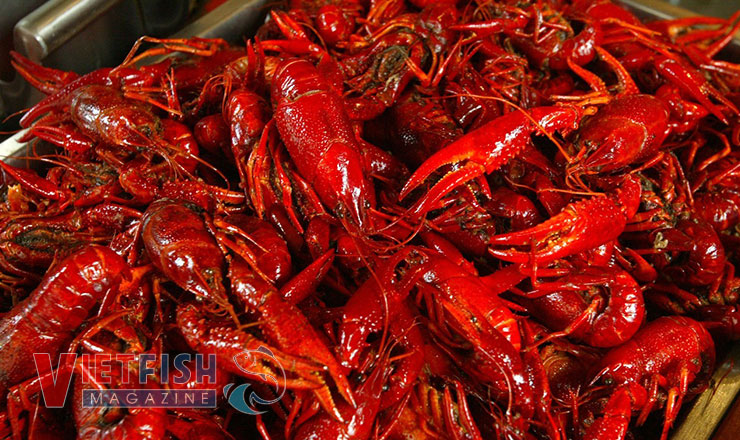Discover New Products and Solutions at SEAFOOD EXPO EURASIA
New global fishery industry event will be held in Istanbul on May 15-17. SEAFOOD EXPO EURASIA provides attendees with access to a variety array of fish and seafood suppliers from China, Vietnam, Indonesia, South Korea, Russia, Turkey, Japan, Morocco, Ecuador, Peru, Chile, and various countries across Europe, Asia, Africa, and Latin America. However, the event involves more than just catching and processing section.
What makes the new fair truly beneficial for fishery industry professionals?
SEAFOOD EXPO EURASIA provides a unique opportunity to connect with both small and large fishery companies in one place. This presents attendees with a chance to discover hidden industry gems and expand their business network. Designed with a business-focused approach in mind, the event understands the unique challenges faced by the fishery industry today and creates an experience that meets the diverse needs of its participants. Find new buyers, run into new distribution channels and choose technologies and solutions for your business. Let’s see what else our exhibitors may offer?
If you are wondering how to benefit from fish processing waste you would be introduced to NOBI, which will present variety of fish feeds, as well as its other innovations from fishmeal and fish oil. Ready-made solutions for construction and maintenance of various types of fishmeal plants will be presented by A & S Thai Works, which has more than 30 years of rich experience.
The visitors who are looking for insights on sustainability in aquaculture will be introduced to Valpak’s special antifouling coatings for nets and plastics, along with Steen-Hansen’s solutions to the global biofouling issue. On top of that attendees will gain an overview on innovations in management software, IoT and business intelligence solutions from AquaManager. All the equipment tailored to support the entire lifecycle of aquatic farm animals, from larvae hatcheries to grow-out tank RAS filtration systems they will find at Mat-Kuling’s stand.
Wide range of deep-sea and mid-water trawls, as well as codends, fishing nets, ropes, twines and other fishing gears will be showcased by IWILL and Fishering Service.
Polarplas will bring to exhibition fish bins, ice box, pallets, plastic body refrigerated products and industrial crates. Modern freezing and cooling solutions, including an ice machine and an installation for cooling seawater will be showcased by Termodizayn. FESCO Transportation Group will share insights on relevant seafood logistic routes and present their own infrastructure schemes.
Pregol Yard will introduce participants to its comprehensive ship repair and modernization services, as well as the restoration of mechanical and electrical equipment, automatics, and radio navigation. Systems of emergency control and other equipment for safer fishing will be demonstrated by Bulutlu Marine.
In addition, SEAFOOD EXPO EURASIA will feature digital tools for monitoring the transportation and tracking of fish products, new solutions for the use of refrigerants, veterinary drugs to improve survival rate of fish during cultivation, as well as alternative products – such as plant-based seafood.
An important part of the event will be a rich business program. To provide participants with effective tools for entering new markets, it will address not only global issues of industry development, but also the specifics of various regions. South and South-East Asia, Latin Amerika, the Middle East, Türkiye, and Eurasia at all, as well as African countries will be the focus of the experts, government officials, key decision makers and researchers sharing marketing success cases and regional markets insights.
Attending SEAFOOD EXPO EURASIA and its business program is free and available for all registered visitors.
Mark your calendars for May 15-17 and meet us at Tüyap Fair Convention and Congress Center in Istanbul, where innovation meets opportunity.


